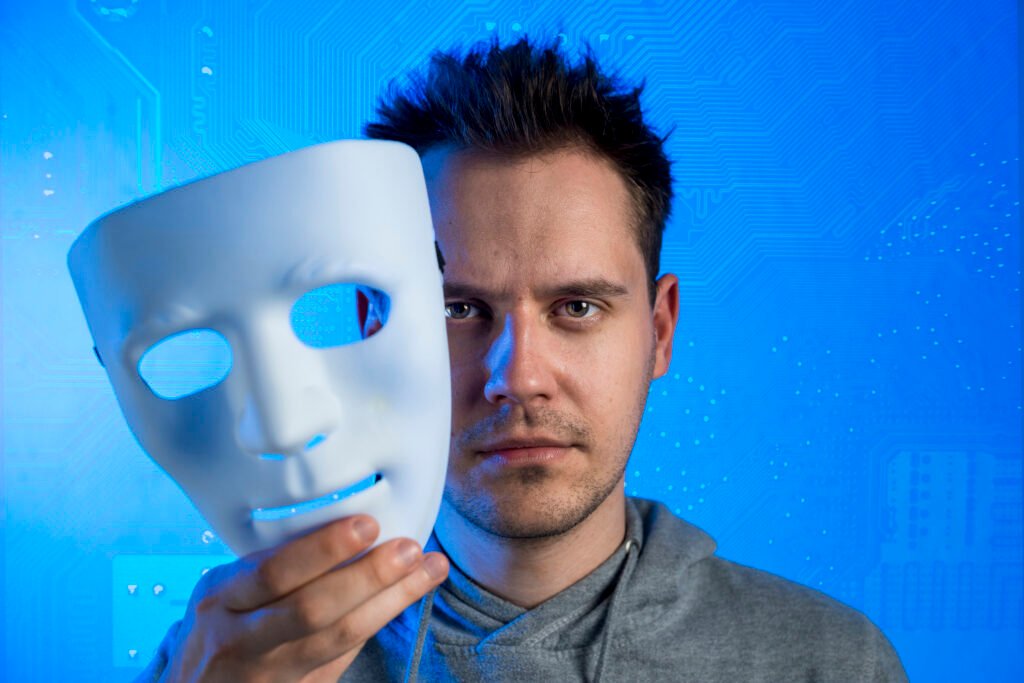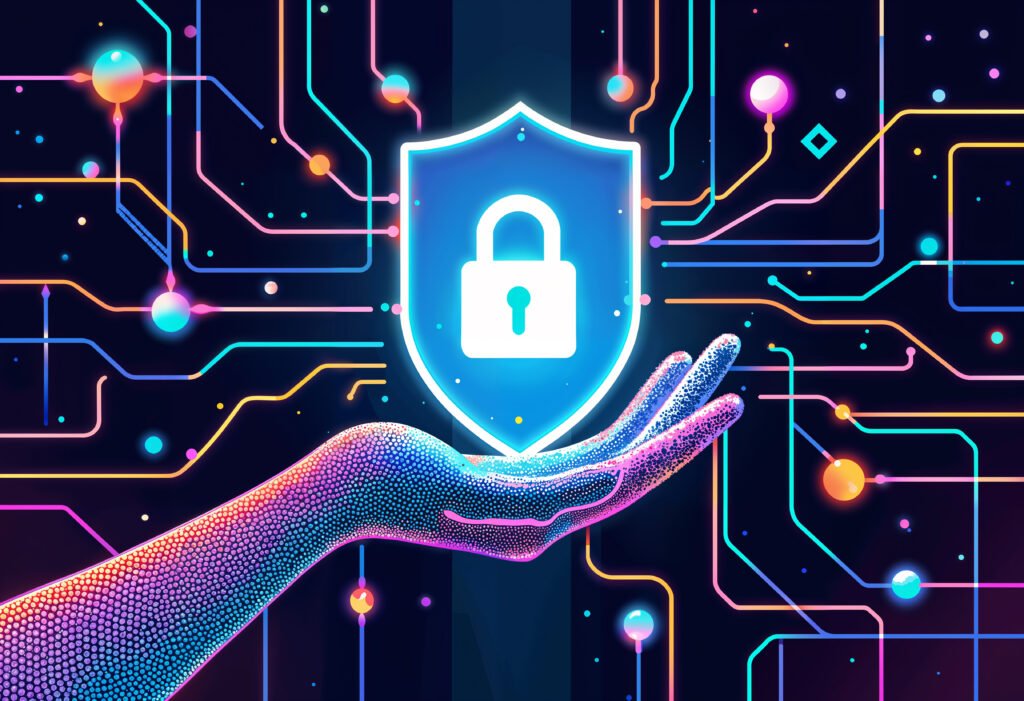Top 7 AI Powered Cyber Attacks: Artificial Intelligence (AI) has revolutionized industries across the globe, from healthcare to finance to retail. However, just as businesses use AI to streamline operations, cybercriminals are leveraging the same technology to create more powerful, sophisticated, and harder-to-detect cyberattacks..
In 2025, AI-driven threats have become a serious concern for organizations of all sizes. Unlike traditional attacks, AI-powered cyberattacks can learn, adapt, and evolve in real time, making them one of the most dangerous challenges in cybersecurity today.
In this blog, we’ll dive deep into the top AI-powered cyberattacks you need to know about—and how businesses can defend themselves.
1. AI-Enhanced Phishing Attacks
Phishing remains one of the most common attack vectors, but with AI, it has reached a new level of sophistication. Hackers are now using machine learning algorithms to analyze social media profiles, company websites, and online behavior to craft highly personalized messages.

Unlike generic spam emails, AI-powered phishing attempts are:
- Tailored with accurate names, job titles, and company details.
- Written in natural, error-free language.
- Sent at specific times when targets are most likely to respond.
Some attackers even deploy voice cloning (deepfake audio) to impersonate CEOs or managers during phone calls, tricking employees into sharing sensitive data or authorizing financial transactions.

Defense Strategy:
- Use advanced AI-based email security filters.
- Train employees regularly to identify deepfake scams.
- Enforce multi-factor authentication (MFA) for all accounts.
2. Deepfake Impersonation Attacks

Deepfake technology uses AI to generate realistic images, videos, and voices. While entertaining on social media, deepfakes have become a weapon for cybercriminals.
Attackers can impersonate executives on video calls, manipulate public figures in fake news, or blackmail individuals with fabricated content. For businesses, a deepfake CEO scam could result in fraudulent fund transfers or leaked confidential information.
Defense Strategy:
- Deploy AI detection tools that analyze digital media for signs of manipulation.
- Establish strict verification protocols for sensitive communications.
- Educate employees on video-call security practices.
3. AI-Powered Malware and Ransomware

Traditional malware follows pre-programmed instructions. But AI-powered malware takes it further by learning from its environment. It can identify weak points in a network, avoid detection systems, and even change its attack methods in real time.
Similarly, AI-powered ransomware can:
- Select high-value files to encrypt first.
- Negotiate ransom amounts using chatbots.
- Adapt encryption techniques to bypass security defenses.
This makes ransomware attacks in 2025 faster, smarter, and more devastating.
Defense Strategy:
- Invest in Endpoint Detection and Response (EDR) solutions.
- Back up critical data in offline and secure locations.
- Conduct regular penetration testing to identify weaknesses.
4. Automated Social Engineering
Social engineering relies on manipulating human behavior, and AI supercharges this process. By analyzing massive amounts of personal data from social media, forums, and leaked databases, attackers can build psychological profiles of targets.
This allows them to:
- Craft convincing fake personas online.
- Tailor scams based on emotional triggers.
- Conduct large-scale fraud operations with minimal human effort.
For instance, an AI system could pose as a trusted colleague in a chat application, gradually gaining access to sensitive business data.
Defense Strategy:
- Limit the personal information employees share publicly.
- Use behavioral analytics tools to detect unusual communication patterns.
- Create awareness campaigns about evolving social engineering risks.
5. AI-Driven Password Cracking

Passwords remain the most common form of authentication, but they are increasingly vulnerable. AI-powered tools can crack passwords far more efficiently than traditional brute-force attacks.
Using machine learning models, attackers can predict likely password combinations based on:
- Past breaches.
- Personal details (birthdays, hobbies, etc.).
- Common human behavior patterns.
With this technology, even complex passwords may not be as secure as we once thought.
Defense Strategy:
- Encourage the use of password managers to generate random credentials.
- Implement biometric authentication where possible.
- Enforce multi-factor authentication for all critical systems.
6. AI in Distributed Denial of Service (DDoS) Attacks
DDoS attacks aim to overwhelm a network or website with traffic, making it unavailable to users. Traditionally, attackers used botnets for this. Now, AI enables intelligent DDoS attacks that can adapt in real time.
AI can:
- Detect mitigation measures and change tactics instantly.
- Use traffic pattern analysis to avoid detection.
- Target specific weak points in a network.
This makes defending against DDoS attacks in 2025 far more challenging.
Defense Strategy:
- Use AI-based DDoS protection systems.
- Implement traffic filtering and load balancing.
- Partner with cybersecurity providers offering large-scale DDoS mitigation.
7. Adversarial AI Attacks
One of the most complex threats today is adversarial AI. This occurs when attackers manipulate AI systems themselves. For example:
- Trick a facial recognition system into granting access.
- Manipulate self-driving car AI to misinterpret road signs.
- Poison machine learning training data to weaken security defenses.
As more businesses integrate AI into daily operations, adversarial AI attacks pose a direct risk to trust and functionality.
Defense Strategy:
- Test AI models regularly for vulnerabilities.
- Use robust training datasets with strict validation.
- Employ human oversight in critical AI decision-making.
Final Thoughts
AI is a double-edged sword—while it empowers innovation, it also equips cybercriminals with tools to launch faster, smarter, and more devastating attacks. The rise of AI-powered cyberattacks in 2025 highlights the urgent need for businesses to invest in proactive security measures, employee training, and AI-driven defenses.
The best protection lies in a multi-layered cybersecurity approach:
- Combine technology with human expertise.
- Stay updated on emerging attack trends.
- Partner with trusted cybersecurity firms to stay ahead of evolving threats.
In the digital era, cybersecurity is not a choice—it’s a necessity. By understanding and preparing for these AI-powered threats, businesses can safeguard their data, reputation, and future.